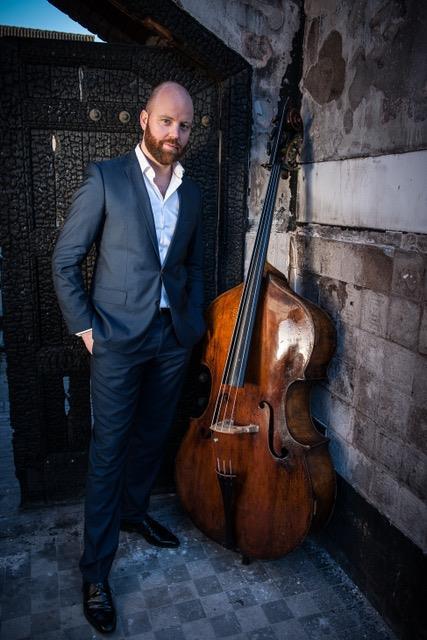’When you transcribe, it really needs to add something or bring something different to the music’

The following is an extract from The Strad October 2022 cover story ’Rick Stotijn: Stepping into the spotlight’
Transcribing and arranging are clearly useful tools for bringing out repertoire for the double bass, and on Doppio espressivo and elsewhere, Stotijn embraces the opportunities. But there are limits, and it has to make sense, he says.
‘If you look at the recordings I’ve made, it’s mostly new repertoire written for the double bass, or original repertoire, or a combination. When you transcribe, it really needs to add something or bring something different to the music.
‘There’s actually quite a lot of repertoire that was written for us during the past hundred years – the past 20 years in particular have really been a golden age. So let’s first look at that and then see what else we can do. I encourage my students to collaborate with composers at the conservatory, and have new pieces written for us.’
I broach the thorny issue of the Bach Cello Suites. ‘When I’m teaching, I definitely use the suites, because they’re among the highest technical challenges, I think. And the music is just incredible – for the student to think about harmonic structure, to bring out different voices… for myself as well. To study and practise this sacred music is, of course, important.
‘But I feel they’re clearly for an instrument tuned in 5ths. We as bass players have to find solutions, which puts too much focus on the technical aspect. To my mind this takes away from the music. The amazing Joel Quarrington, a real inspiration, plays them – but he tunes in 5ths, which makes it a different story.’
Read: ‘He is a similar weirdo, in the good sense!’ - Rick Stotijn: Stepping into the spotlight
Read: ‘Spectacularly colourful, loud and proud’ - The Strad Calendar 2023: The Australian Collection
Read: The Viennese double bass: The long pattern
Discover more Featured Stories like this in The Strad Playing Hub


































No comments yet